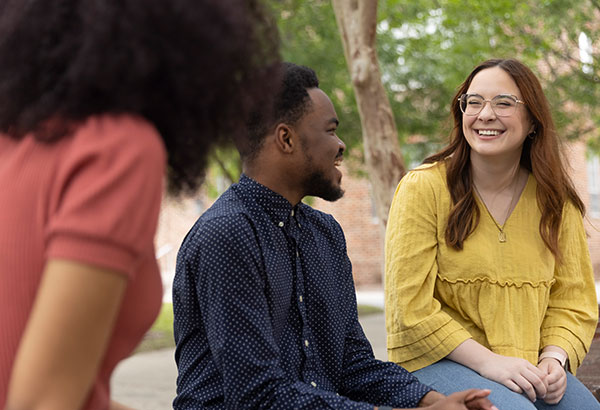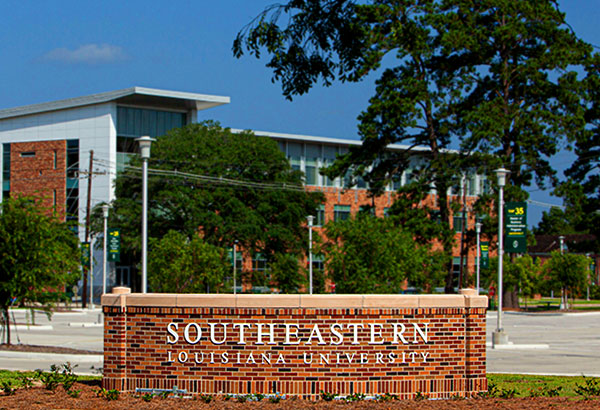Hungarian Customs
Slide Collection
HUNGARIAN CUSTOMS (24 slides of Hungarian Settlement, Livingston Parish) There is a cassette tape which goes along with this series of slides.
Slide 1-
In order to preserve traditional customs, dances and foods, the Hungarians in Albany, Louisiana have several festivals each year. Young and old alike dress in native costumes and enjoy Hungarian foods, music, and dances all day and into the night. This cake is made in the colors of the Hungarian National flag, which are red, green, and white. The people that settled the area south of Albany boast the largest rural Hungarian colony in America. They are proud of their heritage.Slide 2-
Each year the descendants of the hearty pioneers practice the intricate dance steps of the Czardas, Polkas, and Majurkas dances handed down from father to son, mother to daughter to celebrate that year’s harvest.Slide 3-
The folk tunes of old melodies are played at the Harvest Dance, at the Hungarian Spring Harvest Festival.Slide 4-
The costumes for the dance are patterned after those still used in Hungary. The Harvest Festival dates back to antiquity when a Magyar ruler decreed a period of celebration and thanksgiving.Slide 5-
Young and old alike enjoy the music and dancing of the Festival.Slide 6-
The secrets of making genuine Hungarian goulash and kaposta (stuffed cabbage) are shared for all to enjoy.Slide 7-
Dr. Thomas Pinter adds his special talents to the making of the stew. Dr. Pinter is not only a good cook, but also teaches the Hungarian language to the children in the school.Slide 8-
Many delicious cakes and pastries are prepared for the Harvest Festival. This is an Hungarian pastry called CSOROGE FA’NK.Slide 9-
After dancing and eating, a turkey shoot is held as area residents tests their marksmanship.Slide 10-
To preserve their language, the Hungarians teach the community children how to speak the native language. Ms. Madgi Frettman came all the way from Hungary to help the children learn to speak.Slide 11-
The children in the community learn Hungarian songs and dances to perform for the Moms and Dads.Slide 12-
"First step with the right foot." The dance steps are passed on and learned early, as this young lady teaches her friend the old folk dance.Slide 13-
Cakes and cookies are treats for the young dancers.Slide 14-
A whole table of treats! Dancing sure is fun.Slide 15-
Mom and Pop get their chance for a sugary treat after the children. It won’t take long to enjoy the bountiful display of cakes and cookies.Slide 16-
Women teach their daughters the pretty floral patterns that are embroidered. Each pattern has a special design, according to the place in Hungary where it was made.Slide 17-
These books are used to help teach Hungarian language and customs to the children of the settlement.Slide 18-
The hospitality is as warm as the rich coffee served by Mrs. Frank Good. Here she offers some Dsoroge Fa’nk, an Hungarian pastry.Slide 19-
Hungarians brought with them many tools and useful objects to help them tame the land. Here Mr. Good demonstrates how to use the Hungarian scythe. The scythe is a long bladed instrument used to cut grass, weeds, or even wheat. Hard muscles power this early mower.Slide 20-
Mr. George Lezu wears an Hungarian Cowboy Hat. The bowl shape of the hat is useful for bringing water to thirsty horses. It is called Hortabagy sciko’s kalap in Hungarian and is worn today mainly for celebrations and festivals in Hungary.Slide 21-
These clay pipes are for smoking tobacco and were made in Hungary in 1842. Three wagon loads of pipes were buried because at that time, a law was passed forbidding the use of tobacco.Slide 22-
Clay ovens, known as a Kemence, were used to bake bread outdoors before gas and electric ovens took their place. The ovens are no longer used to bake bread, but one or two may still be seen on one of the older farms.





